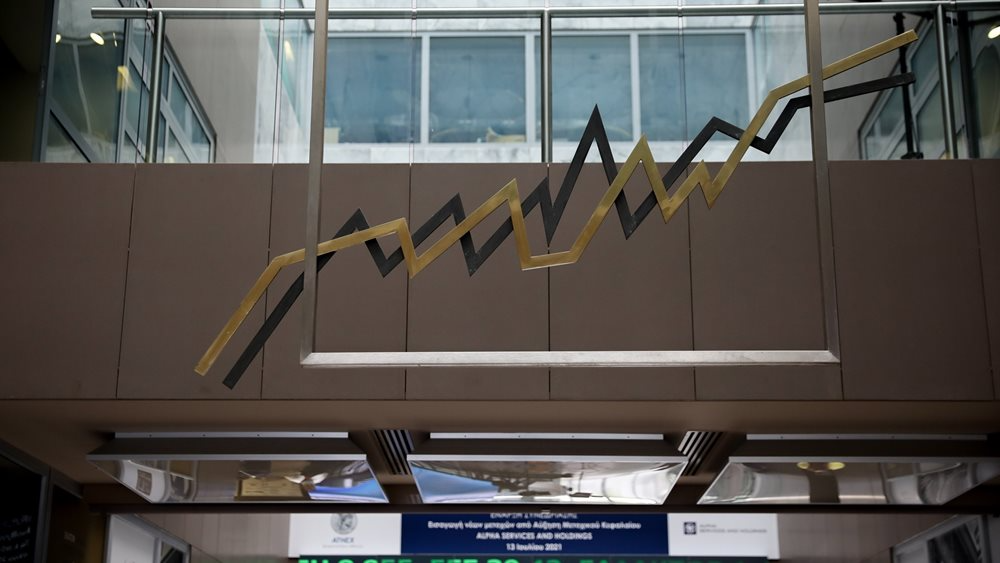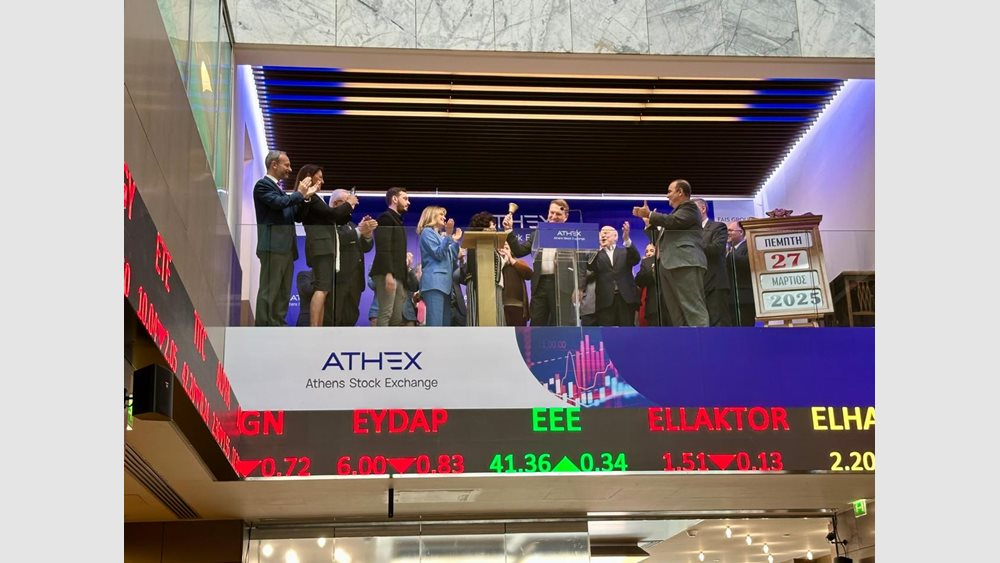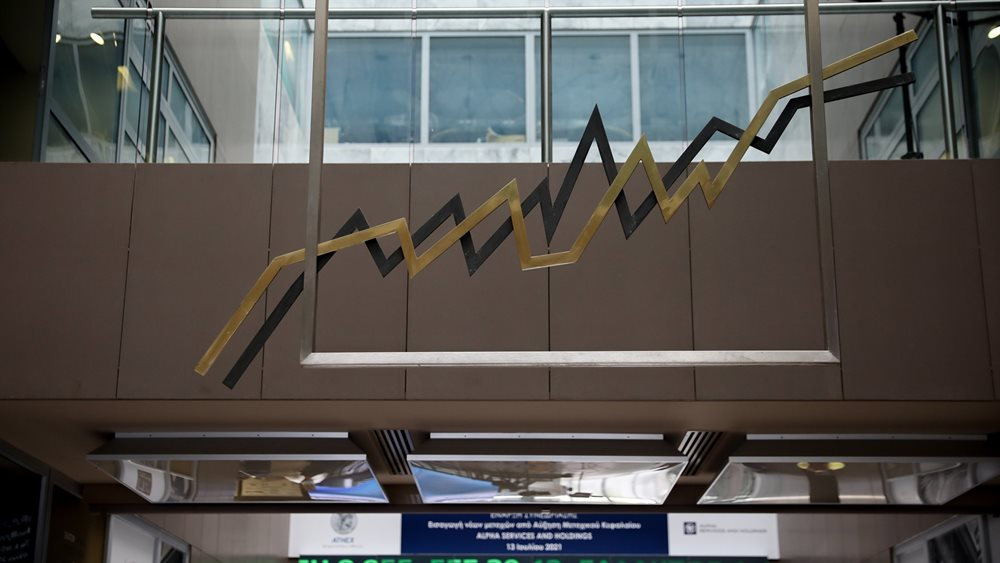
Inflation in the euro area showed a slight upward trend against expectations for a slight decline, with the acceleration being most noticeable in Greece.
In particular, according to preliminary eurostat data, the consumer price index (CPI) in the eurozone ran at an annual rate of 2.6% in July, slightly higher than last month's 2.5%, but at a time when the average analysts' estimate was for a slight decline to 2.4%. In Greece, the eurostat reading showed stronger growth at 3% a year, up from 2.5% earlier. However, more positive readings were seen on a monthly basis, as the July-June comparison showed the CPI unchanged in the eurozone (0%) while the previous comparison had shown a monthly increase of 0.2%. In Greece, prices showed a monthly decrease of 0.4%.
At the level of underlying inflationary pressures, so-called structural inflation, which excludes volatile food and energy prices, remained unchanged against an estimate of a marginal decline. Specifically, structural CPI remained at 2.9% y/y in July as well, while the market was forecasting a slight deceleration to 2.8%. On a monthly basis, however, prices declined by 0.2%, while in the previous monthly comparison they had shown an increase of 0.2%.
Among the individual components of the index, the services sector continued to exert the greatest inflationary pressure, with an annual increase of 4% but slightly lower than the 4.1% increase in June.
Price increases in the food, alcohol, and tobacco categories also slowed to an annual rate of 2.3% from 2.4%.
In contrast, energy prices showed a marked increase to 1.3% y/y from 0.2% in June, with non-energy products also up slightly to 0.8% y/y from 0.7%.
In local measures, the highest inflation rate was observed in Belgium at 5.5% per annum, with the Netherlands and Estonia at 3.5%. In contrast, Latvia's CPI ran at just 0.8% per year, Lithuania at 1.1%, and Slovenia at 1.4%.






